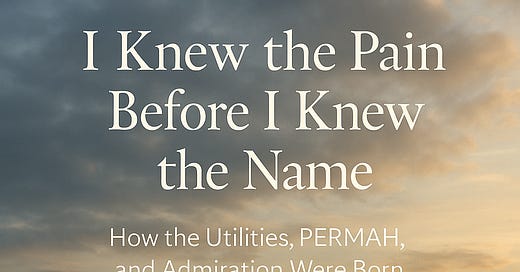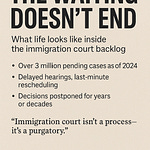✨ Overview:
Before they became frameworks, they were feelings.
Before they became tools, they were survival strategies.
In this piece, the author shares how the THX frameworks — the 12 Utilities, PERMAH, and the Admiration Equation — were not designed in a vacuum.
They emerged from years of reading between the lines of customer complaints, patterns in reviews, and raw human disappointment.
But most of all, they came from the author’s own story.
This is a chapter about learning to name what hurts — and then transforming that knowledge into something that helps.
🌿 Key Themes:
Pain as the Origin of Insight:
The frameworks weren’t invented — they were remembered.
They came from recognizing familiar wounds in others.Seeing the Universal in the Personal:
The author’s experiences of being unseen, silenced, or dismissed gave language to what so many others had experienced — in relationships, in faith, in customer service.From Broken Moments to Measurable Value:
When we name the moments that fail us, we also uncover what it would take to help us flourish.
THX became the articulation of those needs.
📚 Key Quotes:
“I knew what people needed because I knew what I had never received.”
“These weren’t academic models. They were emotional x-rays — tools to see what hurt and what healed.”
“Before I could offer the frameworks to others, I had to survive by them myself.”
🌱 Intended Listner Takeaways:
That the most powerful insights often come from lived experience
That naming pain is the first step toward redesigning systems of care
That frameworks built from empathy are the ones that truly transform
✨ Mood for Listners to Carry Forward:
Self-recognition
Trust in their own intuitive wisdom
Hope in the possibility of transforming pain into purpose
🌿













Share this post